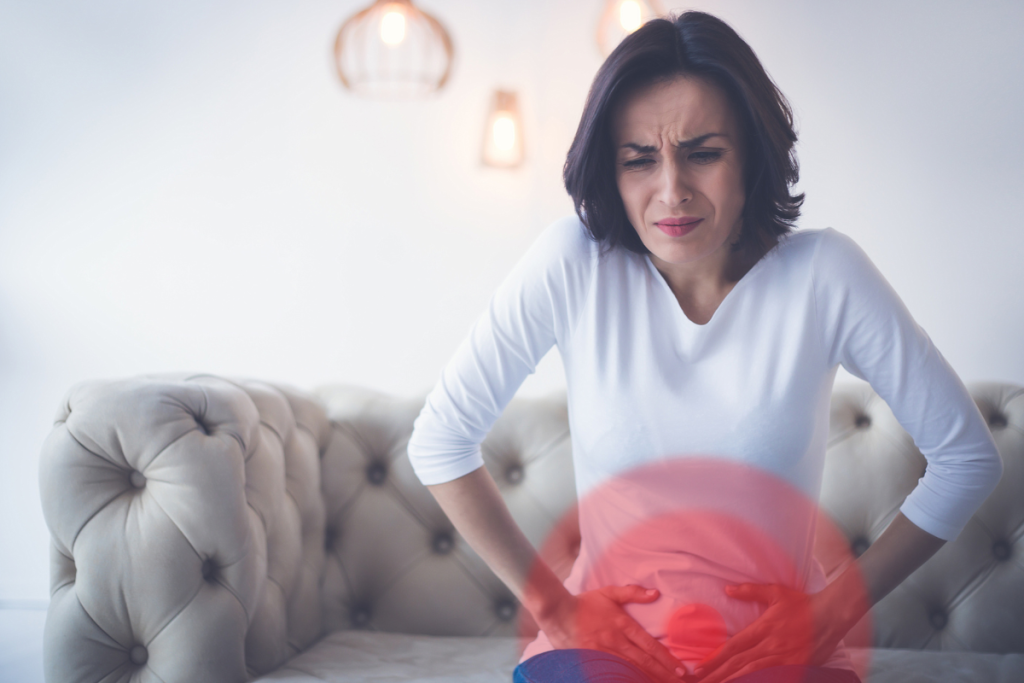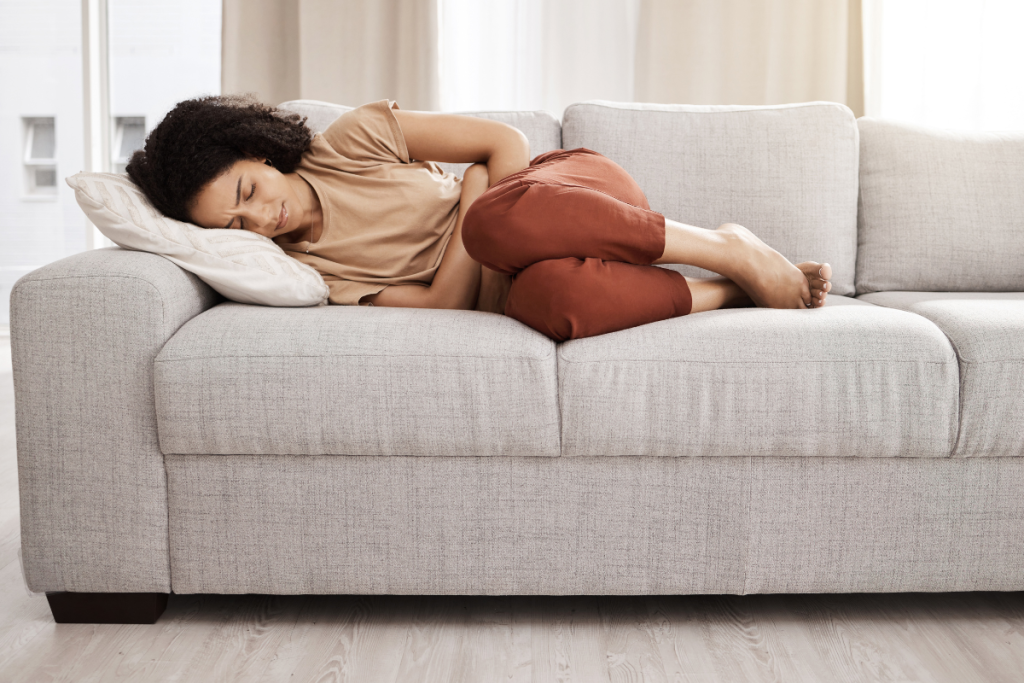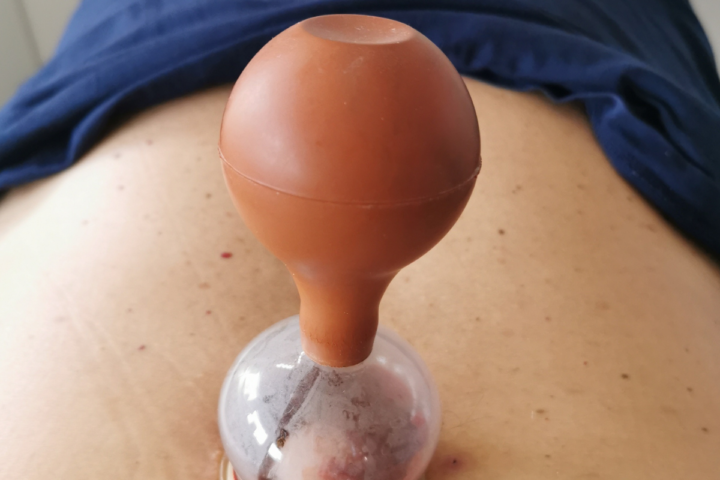How wonderful to be a woman. However, if you're a woman who suffers from endometriosis, then you know it's also a very difficult role. Endometriosis is a chronic condition affecting 5% women (as many as 10% according to some sources) during their reproductive years. How do you deal with the pain?
Endometriosis is currently the most common cause of infertility, often referred to as an estrogen-dependent disorder due to its involvement in the development of the disease. Due to the non-specific symptoms, a clear diagnosis is often delayed. In addition to traditional treatments for endometriosis, such as pharmacotherapy, increasing importance is being placed on dietary and lifestyle factors that may influence the development and course of the disease. Targeted supplementation is also an important aspect, which is currently an important topic of discussion in the scientific literature.
Causes of endometriosis
Many factors can contribute to the development of this disease, such as:
- Retrograde menstrual flow: the flow of menstrual blood with endometrial cells back through the fallopian tubes into the pelvic cavity, which can cause the cells to settle outside the uterus.
- Cellular metaplasia: alteration of cell function and morphology in relation to stem cells, which can lead to endometrial cysts.
- Genetic factors: endometriosis has a genetic basis and potential genetic mutations, such as ARID1A, have been identified and associated with more severe forms of the disease.
- Immune factors: a malfunctioning immune system can allow endometrial cells to move and grow in different areas of the body. This can be linked to autoimmune diseases.
- Pelvic surgical treatment: complications of surgical scarring can promote the attachment of endometrial cells to scar tissue. It manifests as discomfort and painful thickening in the area of the surgical scar.
What are the symptoms of endometriosis?
Endometriosis is an inflammatory disease characterised by the presence of endometrial tissue outside the uterine cavity, including on the external surface of the uterus, fallopian tubes, ovaries, as well as within the intestines or abdominal wall. The symptoms of endometriosis are varied. It is for this reason that diagnosis is often delayed. The predominant complaints are abdominal pain and problems with the digestive tract (such as diarrhoea, flatulence or constipation). Painful menstruation, increased premenstrual syndrome and difficulties getting pregnant also occur. In addition to this, pain during intercourse and sacral spinal discomfort.

Endometriosis, how to deal with the pain? Diagnosis
The best method in the diagnosis of endometriosis is laparoscopy, which allows definitive confirmation of the diagnosis and concomitant treatment. Prior to laparoscopy, a detailed analysis of the patient's history and imaging studies such as ultrasound or MRI are recommended. However, it is worth noting that these methods are not always effective in identifying peritoneal lesions or adhesions.
In the process of differential diagnosis, it is necessary to take into account:
- Gynaecological diseases such as pelvic pain syndrome or myomas.
- Diseases of the digestive system, e.g. irritable bowel syndrome or inflammatory bowel disease.
- Neuropathies, which can cause severe discomfort in the lower abdominal area.
- Lower abdominal pain associated with irritation of the iliopsoas or iliofemoral nerve.
- Urinary tract diseases, e.g. cystitis.
How to deal with endometri painoz?
Our priority in MTS Holistic Therapy is to improve the quality of life of the patient affected by endometriosis. For women struggling with this condition, we focus on effective manual therapy, adapted exercises and stretching, concentrating on the areas of the body most affected by pain.
It is noteworthy that areas experiencing chronic pain become less flexible and have a poorer blood supply, resulting in reduced nutrition and oxygenation, contributing to increased pain. In a body that is constantly in pain, there are changes in neutral position, which affects basic activities such as standing up, sitting down, sitting or walking. This can lead to overload, exacerbating pain and restricting movement. It is therefore important to develop and introduce re-education of correct posture in standing, sitting and walking, which significantly improves the patients' comfort.
In endometriosis, adhesions are a significant challenge, often requiring surgical intervention. Within physiotherapy, we focus on increasing tissue elasticity and manual therapy targeting the most painful areas. The aim is to reduce or delay the formation of adhesions and support the surgical treatment process.

How to manage pain - urogynaecological physiotherapy
At MTS Holistic Therapy Rehabilitation Centre, we take an individual approach to patients, so our specialists are able to select an effective method to address each problem. We use classical manual methods and modern urogynaecological physiotherapy, and treatments are supported by natural medicine, which is characterised by a holistic approach to the whole body.
Another way to deal with pain in endometriosis is to Indiba therapywhich is non-invasive in nature. The procedure is pain-free and does not require hospitalisation or a period of convalescence. This makes it an attractive option for patients who seek alternative forms of treatment and avoid more invasive procedures or pharmacological treatments. Nevertheless, every therapy has its limitations. Although Indiba therapy provides relief for many patients, it is not always suitable for everyone. It is crucial to fully understand the mechanism of action of this technology. Therefore, it is important that the therapy is carried out under the close supervision of a specialist who will accurately assess the patient's condition and tailor the treatment to her individual needs.




